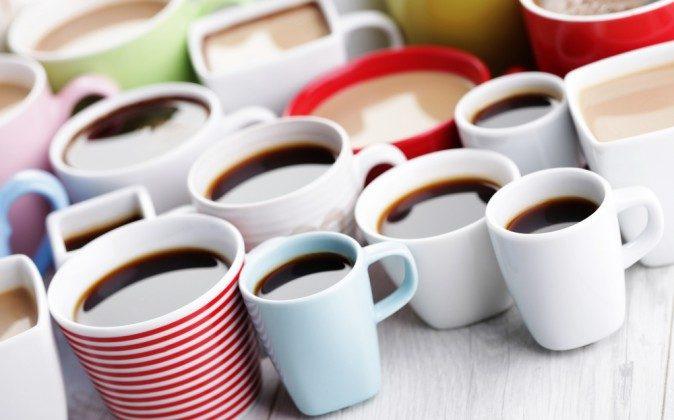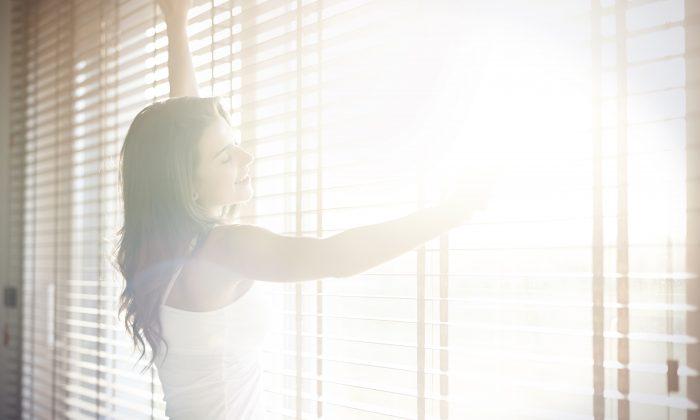Battling hot flashes and night sweats? You may want to start weaning yourself off your morning coffee.
A recent Mayo Clinic study has found that caffeine intake may worsen menopausal hot flashes. Researchers asked over 2,500 women with menopausal concerns questions about their personal habits, as well as menopausal symptom presence and severity. They then compared the results between those who were caffeine users and those who weren’t. Unfortunately for the two-thirds of women who experience night sweats and hot flashes during menopause, it seems that caffeine aggravated those symptoms.
Don’t kill the messenger just yet—study researcher Stephanie Faubion stressed that the findings are preliminary and that the exact amount of caffeine that worsens symptoms hasn’t been determined. But cutting down to see if it helps your symptoms could be a good idea—here are five easy ways to do it.
5 Ways to Cut Down on Caffeine
1. Assess Your Intake
You may think you know how much caffeine you’re taking in every day, but you may be surprised if you track closely. Spend a week (including the weekend) keeping track—and make sure you’re thinking beyond your morning latte. Count everything from the cup of tea you have when you get home (green, oolong, black, and white tea all contain caffeine) to the Coke in your Saturday night rum and Coke. And make sure you’re not forgetting hidden sources of caffeine like chocolate or Excedrin.
2. Keep Track (And Stay on Track)
Need help accurately adding up your intake? Mobile phone apps (like Jawbone’s UP Coffee) can help your keep track and even tell you how your caffeine levels are affecting your sleep. Some, like Caffeine Tracker, will even let you set a desired “caffeine zone” and alert you when you’re going over the limit you set.
3. Cut Out the Non-Essentials First
Can’t get out of bed without your morning cup? Don’t. Instead, look for opportunities to cut back when you won’t miss it much. If you grab a latte mid-day for an excuse to get out of the office for some fresh air, stick to your routine but switch to a non-caffeinated tea.
4. Try Lower-Caffeine Alternatives
Keep the ritual of coffee drinking with options that pack a lighter punch—think decaf (which still contains some caffeine), half-caf, or even mixing half a cup of coffee with half a cup of hot chocolate. Skipping the Joe entirely? Some teas can still give you the mouthful of flavor you may be missing—try nutty options, sweeter flavors like coconut, or even savory vegetable teas like beet cabbage or carrot curry.
5. Re-Hydrate
Think the liquid you get from coffee “doesn’t count” toward your fluid intake? It’s a long-standing myth, but research has found that we retain at least half of the fluid in coffee and other caffeinated drinks. So if you’re cutting out your afternoon cappuccino entirely, make sure you’re still hydrating with water or whatever your non-caffeinated drink of choice—don’t attempt to replace your morning coffee with a mimosa though; alcohol really does dehydrate you.






Friends Read Free